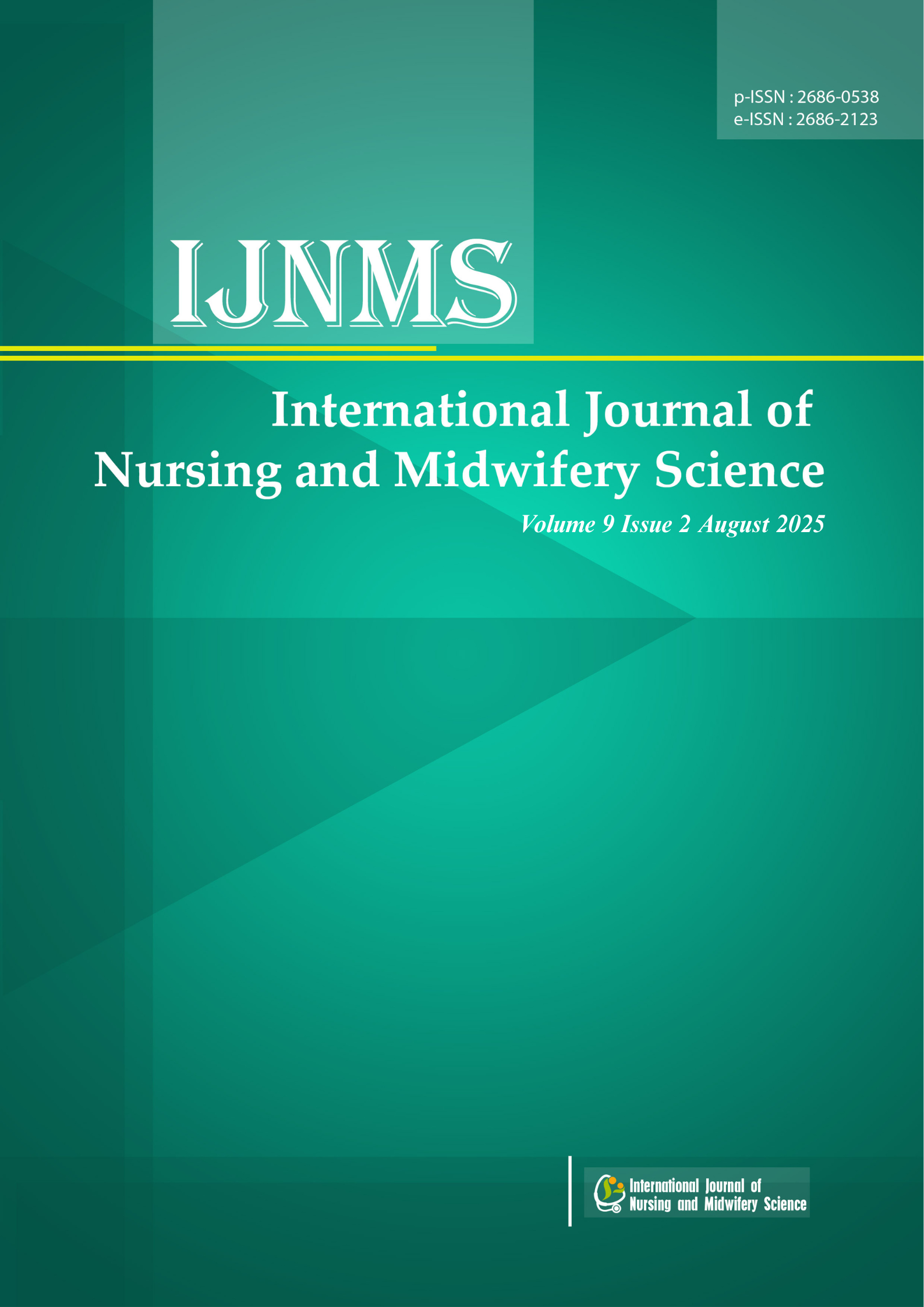PRODUCT DEVELOPMENT STRATEGY FOR GERIATRIC SERVICES: A CASE STUDY AT A HOSPITAL IN SURABAYA
DOI:
https://doi.org/10.29082/IJNMS/2025/Vol9/Iss2/695Keywords:
Development Strategy, Product Opportunity Gap, Value Opportunities, Service Product RecommendationsAbstract
To support customer needs and ensure smooth organizational operations, such as in hospitals, the development of service products is essential. This analysed strategies for service product development and design recommendations to enhance services and improve patient satisfaction. A descriptive observational study with a cross-sectional approach was conducted. The sample recruitment employed purposive sampling, with a total sample size of 210 patients. The independent variables were social, economic, technological, and policy factors, while the dependent variable was the strategy for service product development. The research instrument was a questionnaire designed and tested for validity and reliability by the researchers. Social factors showed that family support was low at 66.2%, knowledge of electronics and internet development was 73.8%, knowledge of geriatric services was 70.5%, physical quality was 72.8%, and hobbies were 85.3%, categorized as high. For economic factors, the recognition of needs was 80.5%, information-seeking was 75.8%, and purchasing decisions were 77.6%, all categorized as high. Several product opportunity gaps were identified from the analysis of social, economic, technological, and policy factors in the development of geriatric services. The development of day-care services and the implementation of Patient Service Representatives & Geriatric Hotline Services are significant recommendations to meet patient service needs.
Downloads
References
Alade, O. (2023). The Influence of Socio-Economic Factors on Consumer Behavior: A Theoretical Explanation of Reasoned Action. SSRN Electronic Journal. https://doi.org/10.2139/ssrn.4503703
Cagan, J., & Vogel, C. M. (2002). Creating Breakthrough Products: Innovation from Product Planning to Program. In Upper Saddle River, NJ: Prentice Hall (Vol. 19). https://books.google.com/books?hl=en&lr=&id=hlSRf61_nnkC&oi=fnd&pg=PR15&dq=Cagan,+J.,+Vogel,+C.+Creating+Breakthrough+Products:+Innovation+from+Product+Planning+to+Program+Approval.+Upper+Saddle+River+,+NJ+Prentice+Hall%3B+PTR,+2002&ots=xoYFhEJt2Q&sig=hvD
Cheung, M. (2012). Design thinking in healthcare: Innovative Product Development through the iNPD process. Design Journal, 15(3), 299–324. https://doi.org/10.2752/175630612X13330186684114
Cunningham, C., & O’sullivan, R. (2021). Healthcare professionals promotion of physical activity with older adults: A survey of knowledge and routine practice. International Journal of Environmental Research and Public Health, 18(11). https://doi.org/10.3390/ijerph18116064
Ebrahimi, Z., Patel, H., Wijk, H., Ekman, I., & Olaya-Contreras, P. (2021). A systematic review on implementation of person-centered care interventions for older people in out-of-hospital settings. Geriatric Nursing, 42(1), 213–224. https://doi.org/10.1016/j.gerinurse.2020.08.004
Keelson, S. A., Addo, J. O., & Amoah, J. (2024). The impact of patient engagement on service quality and customer well-being: an introspective analysis from the healthcare providers’ perspective. Cogent Public Health, 11(1), 2340157. https://doi.org/10.1080/27707571.2024.2340157
Kuwabara, A., Su, S., & Krauss, J. (2020). Utilizing Digital Health Technologies for Patient Education in Lifestyle Medicine. American Journal of Lifestyle Medicine, 14(2), 137–142. https://doi.org/10.1177/1559827619892547
Lane, B., Hanke, S. P., Giambra, B., Madsen, N. L., & Staveski, S. L. (2019). Development of a clinician-parent home care education intervention. Cardiology in the Young, 29(10), 1230–1235. https://doi.org/10.1017/S1047951119001318
Olagbemide, O. J., Omosanya, O. E., Ayodapo, A. O., Agboola, S. M., Adeagbo, A. O., & Olukokun, T. A. (2021). Family support and medication adherence among adult type 2 diabetes: Any meeting point? Annals of African Medicine, 20(4), 282–287. https://doi.org/10.4103/aam.aam_62_20
Ridwan Hasyim, M. A., & Junadi, P. (2018). Analyzing Patient Education Methods to Improve Patient Care in Hospital: A Systematic Review. KnE Life Sciences, 4(9), 244. https://doi.org/10.18502/kls.v4i9.3576
Ross, D. (2022). Psychologists should learn structural specification and experimental econometrics. In Behavioral and Brain Sciences (Vol. 45). https://doi.org/10.1017/S0140525X21000108
Shahin, W., Kennedy, G. A., & Stupans, I. (2021). The association between social support and medication adherence in patients with hypertension: A systematic review. Pharmacy Practice, 19(2). https://doi.org/10.18549/PharmPract.2021.2.2300
Stimson, R., & Marans, R. W. (2011). Objective measurement of quality of life using secondary data analysis. In Social Indicators Research Series (Vol. 45, pp. 33–53). https://doi.org/10.1007/978-94-007-1742-8_2
Timmers, T., Janssen, L., Kool, R. B., & Kremer, J. A. M. (2020). Educating patients by providing timely information using smartphone and tablet apps: Systematic review. In Journal of Medical Internet Research (Vol. 22, Issue 4). https://doi.org/10.2196/17342
Tuso, P. (2015). Strategies to Increase Physical Activity. The Permanente Journal, 19(4), 84–88. https://doi.org/10.7812/TPP/14-242
Downloads
Published
Issue
Section
License
Copyright (c) 2025 Narolitha Anggreini, Immanuel Michael Hadinata, Ernawaty Ernawaty

This work is licensed under a Creative Commons Attribution-ShareAlike 4.0 International License.
Authors who publish with IJNMS agree to the following terms
- Authors retain copyright licensed under a Creative Commons Attribution-ShareAlike 4.0 International License that allows others to share the work non-commercially with an acknowledgement of the work's authorship and initial publication in this journal.
- Authors are permitted and encouraged to post their work online (e.g., in institutional repositories or on their website) prior to and during the submission process, as it can lead to productive exchanges, as well as earlier and greater citation of published work (See The Effect of Open Access). Authors can archive pre-print and post-print or publisher's version/PDF.









_IJNMS.png)






